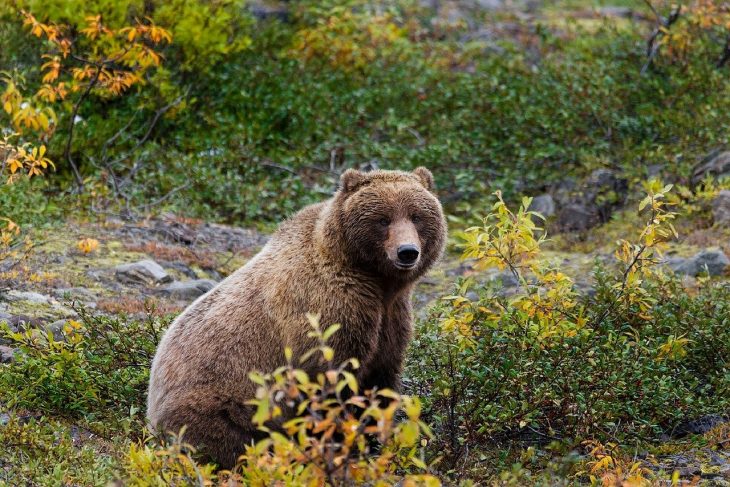
In your childhood, you may have thought of bears as cute and cuddly creatures. However, they are actually one of the most powerful predators in the wild. Grizzlies can live in various environments such as forests, prairies, woodlands, and alpine meadows. Aside from their hunting skills, there’s still a lot more to learn about these bears. Find out more about these animals with these grizzly bear facts.
- In the wild, grizzly bears can live between 25 to 30 years. In captivity, they can live for more than 40 years.
- When walking on all four legs, the grizzly bear’s height reaches around 3 to 4 feet tall.
- When a grizzly bear stands on 2 legs, its height can reach up to 8 feet tall.
- There are 8 species of bears, with six of those endangered or vulnerable.
- Grizzly bears can run up to 62 kilometers per hour.
- The grizzly bear’s scientific name is Ursus arctos.
- North American brown bear is its alternative name.
- Many believe that its name came from “grisly” which means gruesome.
- The grizzly bear is a subspecies of brown bears.
- Not all brown bears are grizzly bears.
- The brown bear is a huge species of bear that lives across North America and Eurasia.
- In general, brown bears are bigger and than a grizzly bear, although the grizzly is more aggressive compared to a brown bear.
- A female brown bear’s weight ranges from 130 to 200 kilograms or 286 to 440 lbs.
- The male brown bear can weigh more than 250 kilograms or 551 lbs.
- In terms of diet, Grizzlies are very flexible and may eat a variety of fish, flowering plants, dead animals, roots, grasses, tubers, and berries.
- In contrast to brown bears, polar bears (Ursus maritimus) are not territorial.
- The oldest grizzly bear who lived in the wild reached 39 years of age.
- The black and brown bears (including grizzlies) are not endangered or vulnerable.
- The largest grizzly bear ever found weighed over 700 kg.
- Male polar bears are usually heavier than a grizzly bear at 450kg or 992 lbs.
You should never run from a bear.
If you see encounter a bear in the wild, your first instinct may be to run away. However, the U.S. Fish & Wild Services strongly advises against this. Not even the fastest human on the planet can outrun a grizzly bear. On average, a grizzly bear can cover 50 yards (about 45.72 meters) in just 3 seconds. That said, any sudden movement such as running away may only provoke the bear further.
In the wild, avoid direct eye contact with a grizzly bear.
Aside from not running, you must also avoid direct eye contact with the bear. Instead, it’s best to sneak away by walking if the bear is not approaching. Once a grizzly bear runs towards you, you must stand your ground, talk in a soft voice and wave your arms to let the grizzly know that you are human. If it doesn’t work, pepper spray may be a last-ditch effort. Ideally, it’s best to keep a 25-feet distance between you and the bear to stay in a safe range.
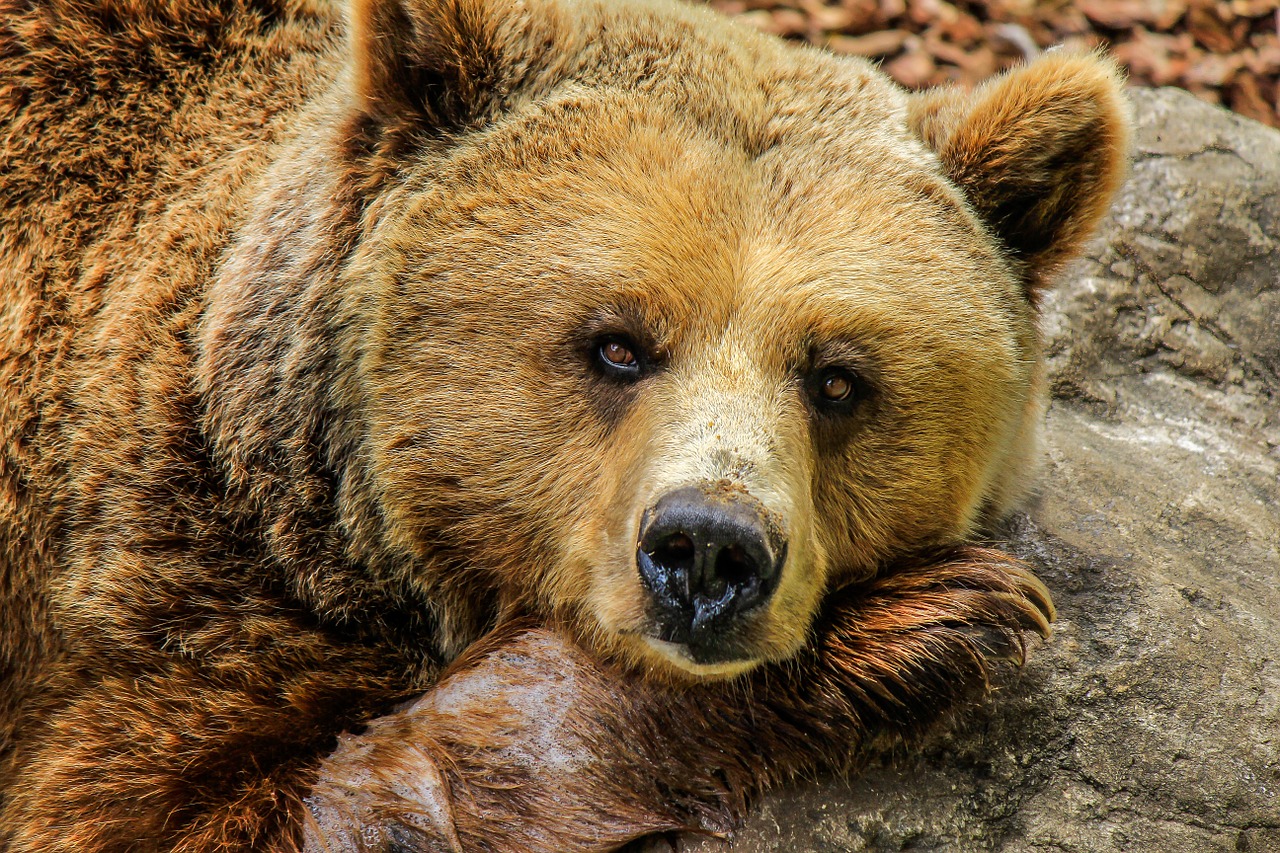
"Man-eating bear" attacks are rare.
Typically, grizzly bears wouldn’t attack humans, unless there is a scarcity of food or prey in their environment. Because of this, they can become desperate and eat or attack anything they can kill. Back in 2008, a tragic bear attack claimed the lives of two geologists in the Kamchatka Peninsula. Definitely one of the scarier grizzly bear facts.
Around 30,000 grizzlies live in Alaska.
Currently, there around 55,000 grizzly bears roam the world. More than 50,000 of these grizzlies live in Alaska and the Canadian territories. Meanwhile, about 1,500 grizzlies bear survive in the lower 48 United States. The minorities are found in Montana, certain parts of Idaho, and the Northern Rocky Mountains.
A grizzly bear can lift more than 1,000 pounds.
The grizzly bear is one of the world’s strongest animals. When it comes to brute force, the grizzly bear can lift over 1,102 lb (500 kg) or nearly equivalent to the weight of 10 adult humans.
Grizzly bears can bring down heavier prey.
Strength-wise, grizzly bears can bring down much heavier prey such as a bison. If given the chance, bears may also steal prey from packs of wolves.
The Siberian tiger has an advantage over a grizzly.
While grizzly bears can hold their ground against most predators, they would not have good odds against a Siberian tiger. Siberian tigers are more experienced in killing, living solely off of freshly-hunted meat. Compared to grizzly bears, siberian tigers also know exactly how to utilize their power, when to strike, and are more clever and agile on the battlefield.
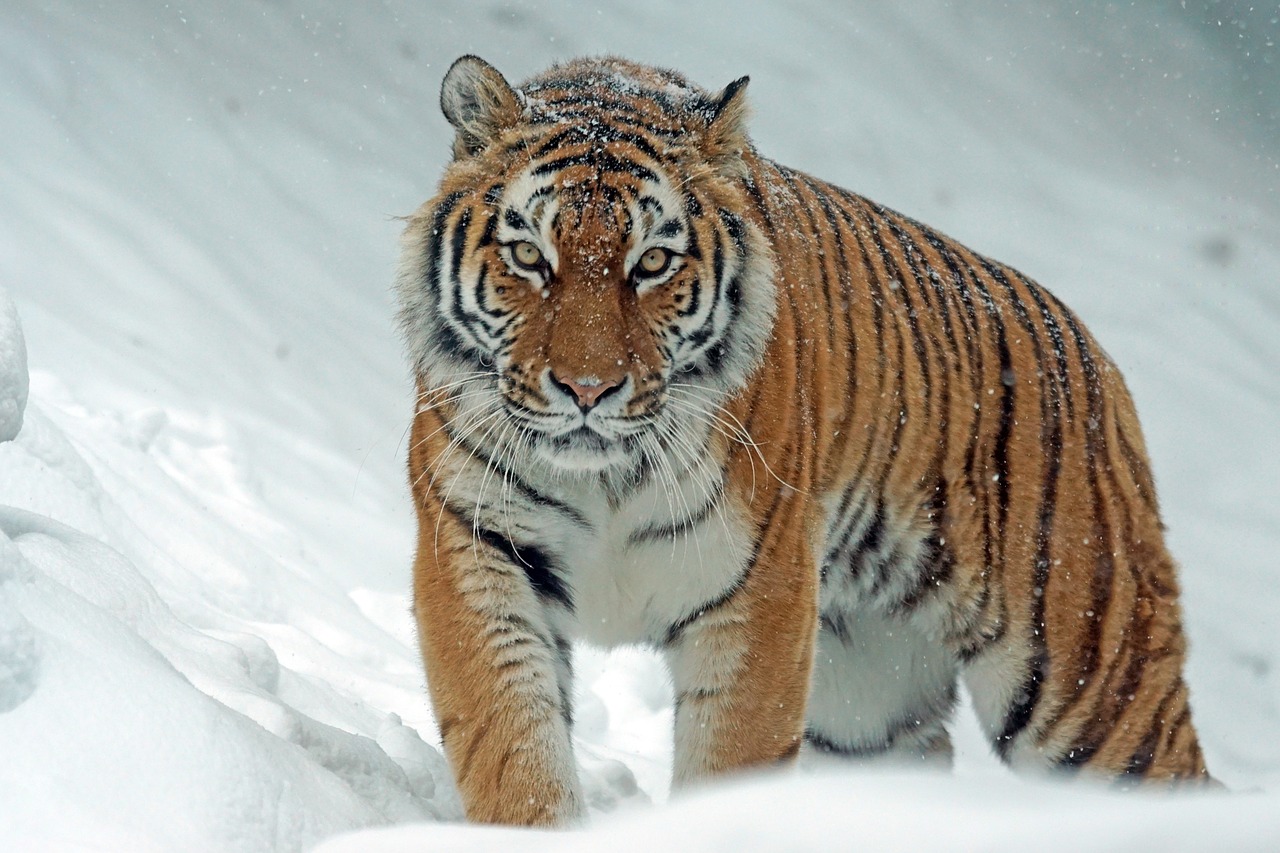
Experts believe that the grizzly bear is the strongest bear.
When it’s a battle for survival, experts believe that it’s more likely that a grizzly bear will win the battle and beat both the black bear and polar bear. The grizzly’s muscular body enables it to lift more than 75% of its body weight, which makes it significantly stronger than other bears.
Grizzly bears have a range of colors.
Aside from the usual brown, grizzly bears can vary from tones of blonde or light tan to black.
A white grizzly bear has been spotted in Canada.
According to experts, albinism is most probably not the cause of this white grizzly bear, but rather a result of a recessive gene. The components of recessive genes are usually masked by dominant genes. In this case, it’s suspected that both the mother and father carried the same recessive genes that produced a white grizzly bear offspring.
The Mexican grizzly bear went extinct in 1964.
In the 1900s, the Mexican grizzly bear’s population started to decline heavily due to the growing industry of cattle farming. Around this time, farmers started killing the bears by trapping, shooting, and poisoning them. By 1960, there were only 30 bears left in the wild. Unfortunately, these huge mammals became totally extinct by 1964.
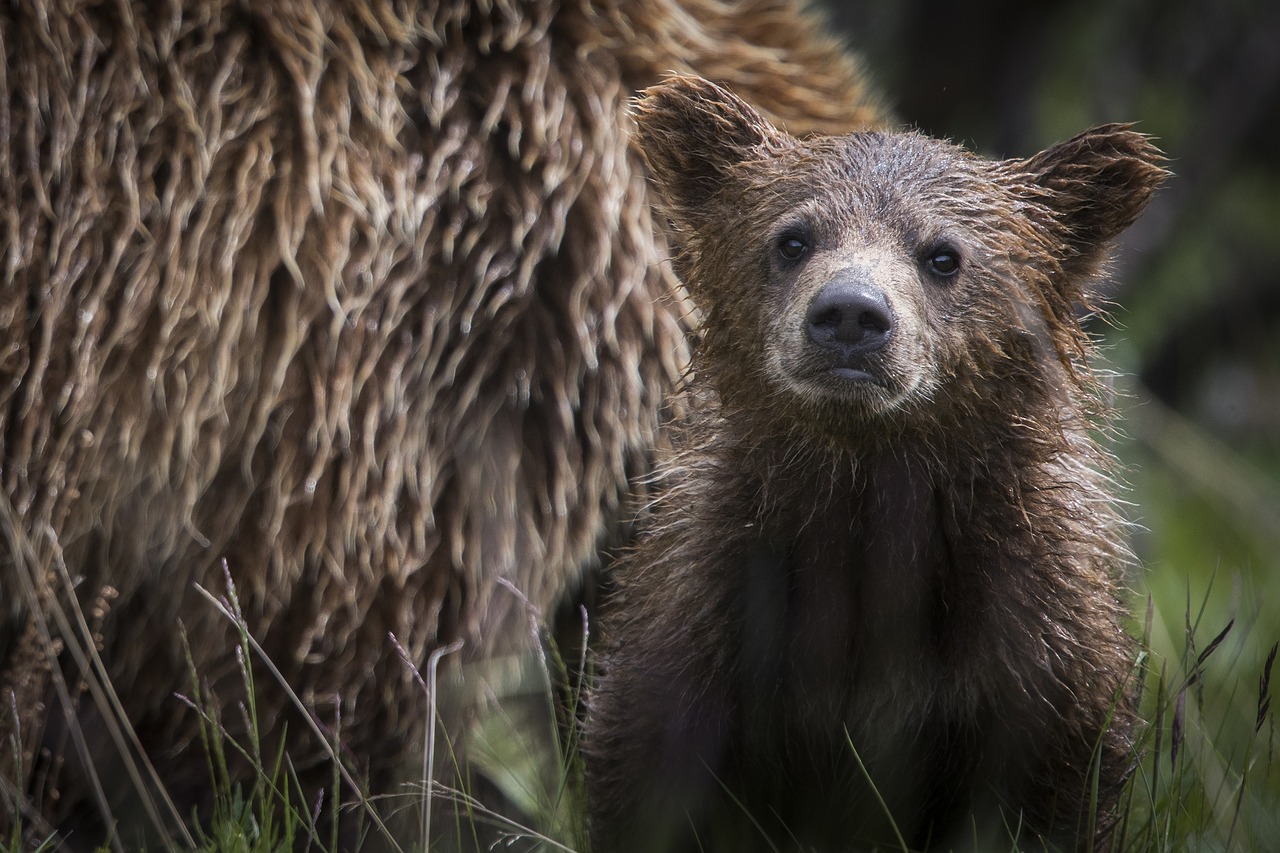
The Mexican grizzly bear was one of the largest mammals in Mexico.
Although they were smaller than the grizzly bears in Canada and the United States, they were one of the heaviest and largest Mexican mammals. Prior to its extinction, the Mexican grizzly could reach up to 6 feet and weigh about 700 pounds. These huge bears fed on plants, fruits, and insects. They also occasionally ate small mammals and carrion.
The California grizzly bear became extinct in 1924.
As California’s population grew, it raised conflicts between humans and bears. At the peak of agriculture, these bears would kill livestock. As a result, humans hunted them into extinction.
California had around 10,000 grizzly bears during the 1500s.
By the 19th century, the bear and bullfight became a popular entertainment for the Californian crowd every Sunday afternoon. What made it even more unique was that two completely different animals fought the bloodsport. The bear would fight standing up using its mighty paws, swiping the bull downwards.
On the other hand, the bull would also attack by charging low and rushing upward for the gore. Today, the stock market uses the term “bull” to describe periods where the financial market goes upwards, while they use “bear” to describe times where the market trend goes down.
The Bear Flag became the official state flag of California in 1911.
In 1911, the 23rd governor of California Hiram Johnson declared the Bear Flag as its official state flag. The flag features a solid white background, with a wide red stripe at the bottom and a red star in the upper left corner. At its center, it features the emblem of a grizzly bear walking on a patch of grass.
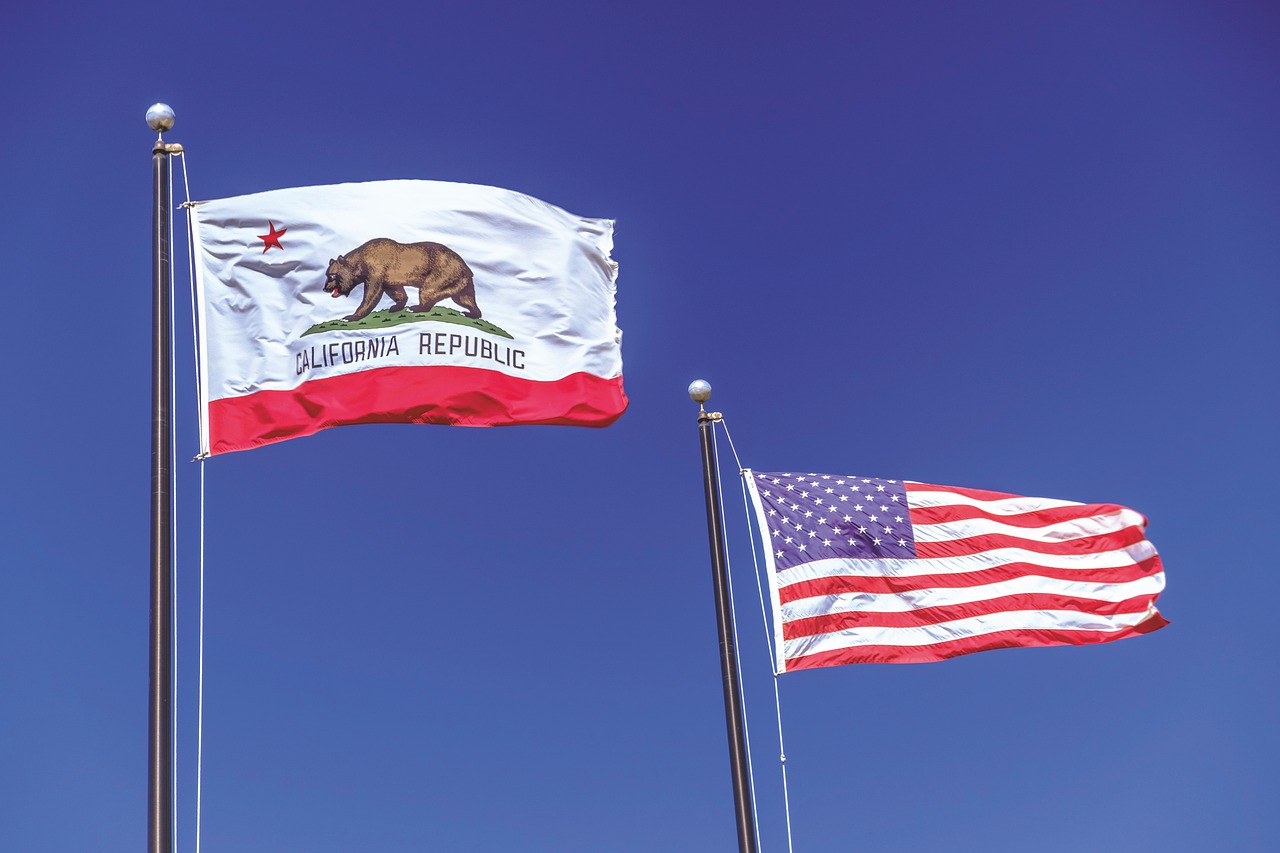
Grizzly bears can give birth as early as 6 months.
Compared to the human gestation period of 280 days, grizzly bears have a shorter gestation period of 180 to 250 days. It’s not uncommon for a grizzly bear to give birth twins or even triplet cubs. Typically, the cubs are born in the mother’s winter den as she hibernates. From time to time, the mother grizzly may wake up from hibernation to give birth, eat the placenta, and clean up her newborn cubs. Now there’s one for interesting grizzly bear facts!
Grizzlies are regularly active from dawn to dusk.
In springtime, grizzly bears are usually stay active during day and night. As summer approaches along with its warmer days, grizzlies usually take it easy in daylight hours. Around this time, they prefer to take a nap and reserve energy for its activities in the evening.
They start to eat tons and tons of food in the fall.
During the months of fall or autumn, grizzly bears will start to drink and eat nonstop to prepare for hibernation. Since they’d be sleeping for 5 to 7 months, they need to consume over 40kg of food to keep them nourished through their slumber.
Grizzly bears don't poop while they hibernate.
After eating so much in the fall, the grizzly bears will hide in the comforts of their dens to hibernate for the winter. While in hibernation, it enables the grizzly bear to save its energy. Its heart rate slows down from 40 to 8 beats per minute. On top of that, they don’t need to defecate or urinate in the process of hibernation.
Instead, grizzly bears keep their food in by eating grass and twigs, creating a plug or stopper in their bowels. With this stopper, they can sleep without having to poop. However, once they wake up, they excrete months’ worth of poop.
Was this page helpful?
Our commitment to delivering trustworthy and engaging content is at the heart of what we do. Each fact on our site is contributed by real users like you, bringing a wealth of diverse insights and information. To ensure the highest standards of accuracy and reliability, our dedicated editors meticulously review each submission. This process guarantees that the facts we share are not only fascinating but also credible. Trust in our commitment to quality and authenticity as you explore and learn with us.
